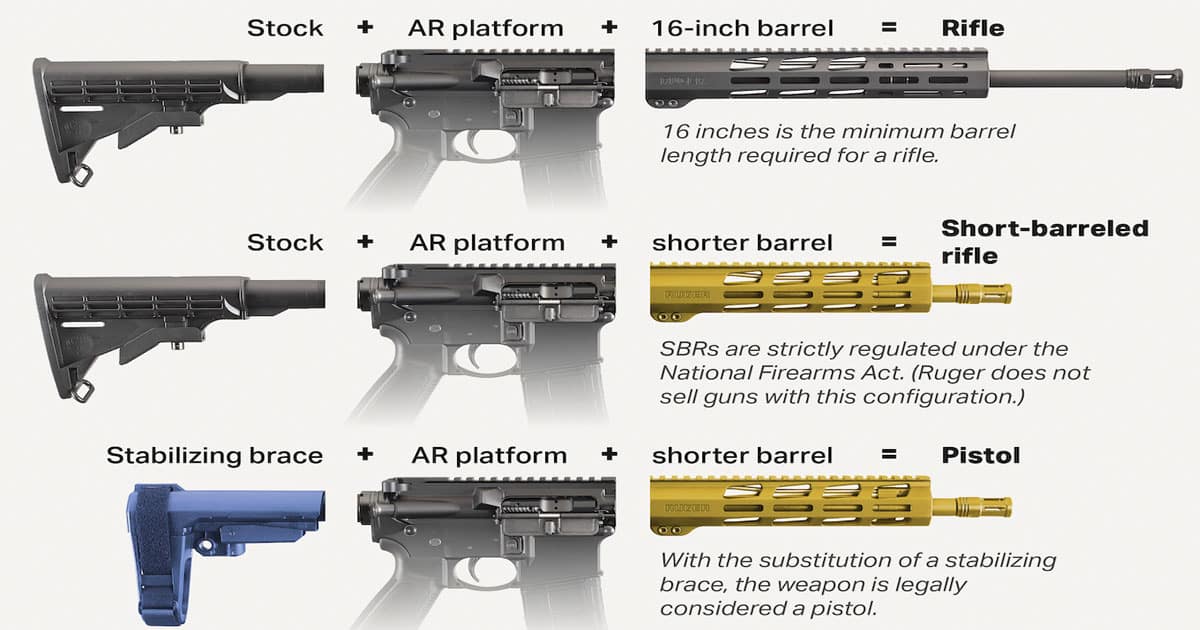
This applies even if the stabilizing brace is used as a stock by the owner.
“Unless and until judicially or legislatively clarified I conclude that the definition of ‘short-barreled rifle (SBR),’ which the Legislature enacted in 1969, does not include a handgun, such as a pistol, to which a person attaches a stabilizing brace because the use of such an optional accessory does not change the fundamental characteristics of the handgun.”
In 1969, Florida prohibited the possession of short-barreled rifles after Congress passed the Gun Control Act of 1968.
The state statute defines an SBR as having a barrel of less than 16 inches in length. It also includes a rifle modified to be less than 26 inches long.
Shoulder stocks have been used by gun enthusiasts for centuries, and they have been regularly added to pistols with the intention of improving accuracy.
The U.S. Supreme Court decisions in Heller and later Bruen upheld that banning an entire class of firearms in common use is banned by the Second Amendment. Prior to the National Firearms Act of 1934 (NFA) there were many in circulation and they were commonly advertised to the public.
In fact, several hundred thousand of these popular firearms have been registered under the rules of the NFA, even though most experts and enthusiasts believe they should never have been covered in the first place.
Anti-gun zealots make several unconvincing arguments against pistol stabilizing braces, but the Florida AG got it right.
Adding these devices in no way converts a regular pistol into a short-barreled rifle, and the new ATF rule is simply another avenue to gradually disarm the American public.
